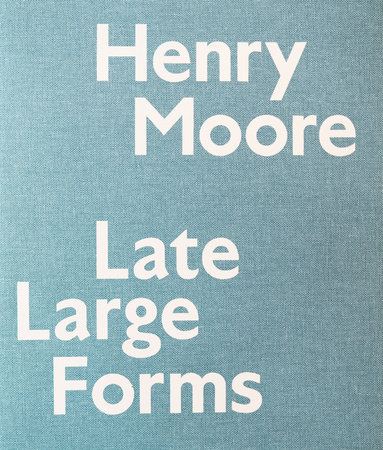Henry Moore: Late Large Forms
Author Anita Feldman and Ann Wagner
- Publish Date: September 25, 2012
- Format: Trade Paperback
- Category: Art - Collections, Catalogs, Exhibitions - General
- Publisher: Gagosian / Rizzoli
- Trim Size: 10 x 12-1/2
- Pages: 182
- US Price: $100.00
- CDN Price: $100.00
- ISBN: 978-0-8478-4017-5
